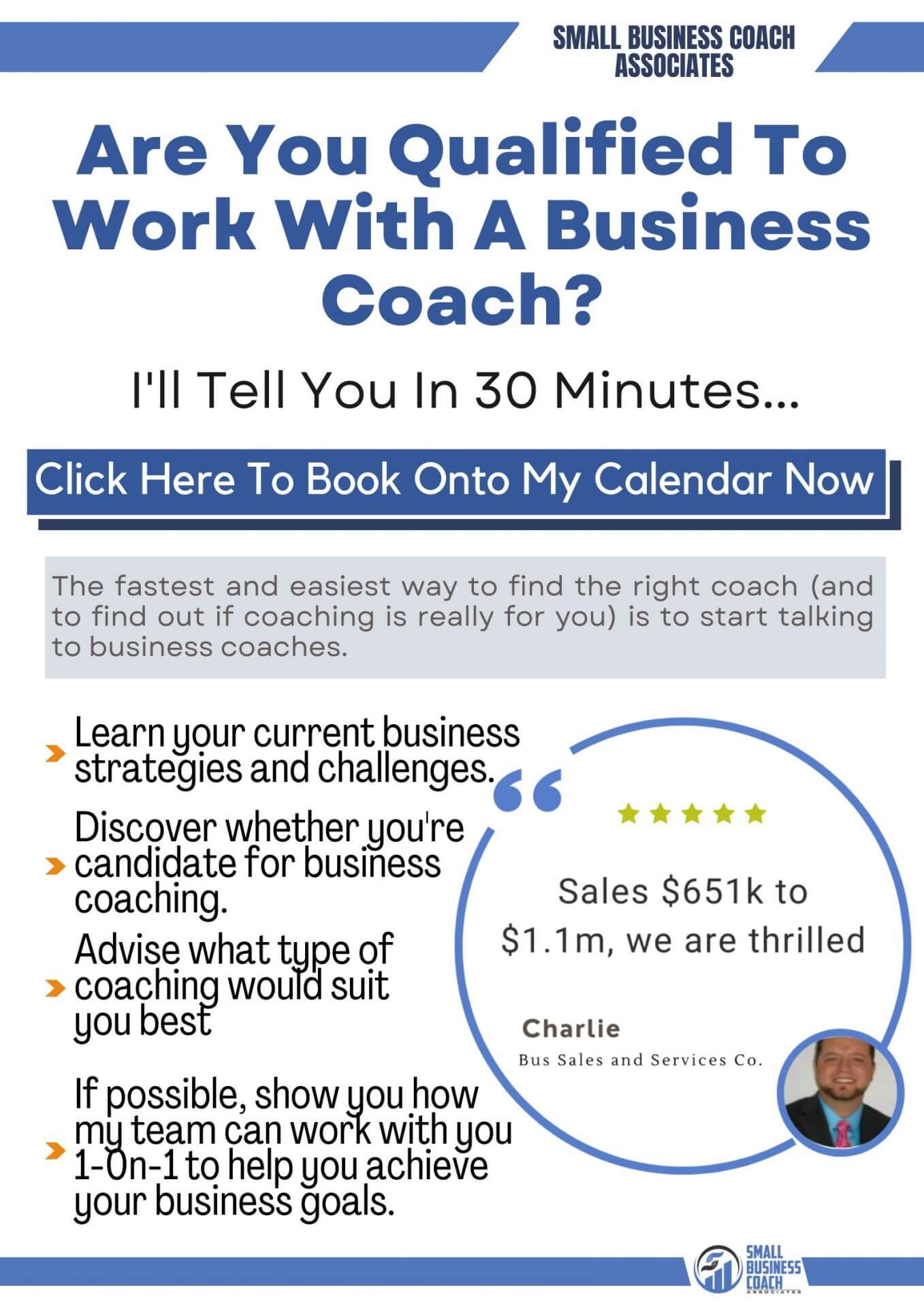VIEW BY TOPIC
- Finding Customers
- Business Systems
- Managing Employees
- Leadership
- Managing Money
Related Posts

Ready to Grow Your Business Fast?
Here’s How I Grew Five Businesses, and Eventually Sold One to a Fortune 500 Company.

Differentiate Your Company by Celebrating YOU! Part 2 of 3
In part 1 of this 3 part series we looked at developing a personal mission statement. Now that you have completed your personal values, vision and mission it’s time to move on to your business. Just as you are unique, so must your business be. Your business must stand out from the rest. It is called differentiation. What is differentiation and how do you do this?
Step 1b. Your Business Purpose Statement
At this point, you may be saying, “I already tried that, and it didn’t work.” Or “That stuff is a bunch of meaningless, feel-good fluff.” In fact, both of those statements go hand-in-hand; they can become self-fulfilling prophecies! Unless you are sincere in your writing of a purpose statement, and you are sincere in actually transforming your statement into reality, you are wasting your time. Your purpose statement should be a living document that is pondered, communicated, revised, and energized as part of your day-to-day activities, and this will not happen without real effort and hard work. This statement should become the driving force of every activity in your business.
Your Business Differentiation is YOU!
In the same way that you are different than other people, your business is naturally different; it is an extension of you. This fact is your most basic and unchanging business differentiation. Once you have established your personal mission, you can start to build your business around your unique personal characteristics.
Writing Your Business Vision, Values and Mission
Writing values, vision, and mission statements for your business are done in much the same way as your personal mission statement. Your values address who you are (or want to be), your vision articulates where you want to be in the future, and your mission describes how you will get there (your product and services).
Draft a Business Purpose Statement
The best way to draft a purpose statement is to involve your employees in creating a shared purpose statement. This method enhances “buy-in” from you’re your team, and aids in the deployment of the behaviors and actions related to the statements. Simply ask them the questions I provided earlier in this article, and write down their answers on a flip chart or bulletin board.
Of course, you will articulate your personal vision to your employees as part of this brainstorming session. Be sure to include values, vision, and mission in your final copy. The statements can be long and detailed or short and concise. Concise statements are easier to remember and repeat, but detailed statements add more “meat to the bones.” My organizational statements include a short sentence summary statement, printed in bold, with a paragraph explanation printed underneath.
Once you have produced your purpose statements, you should have a clearer vision of where you are, where you are going, and how you will get there. This sets the stage for the next step: determining what the customer wants.
Benefits of Developing a Purpose Statement
In the last issue (part 1 of 2) I addressed the first steps in differentiating your company; Step 1a. Developing a personal purpose statement, and Step 1b. Developing a company purpose statement. Once you have produced your purpose statements, you should have a clearer vision of where you are, where you are going, and how you will get there. Not only is the purpose statement a great marketing tool, but it will also benefit every other aspect of your organization as well. This sets the stage for the next step: determining what the customer wants.

Step 2. What Your Customers Want
Since you want to influence certain customers to use your company over your competitors, it is crucial that you determine what your customers want. But only after you have decided what you want! The fact is in most companies there are some customers that just don’t fit well. They may have different values, they may have different pricing requirements or different service demands. We can’t be all things to all people! Once we know what we want (our purpose), we can better define what customers are best aligned with our company; the ones that we will most likely experience long term success. Having done this, we can determine what they want.
Involve Your Customers!
Enlist your customers and potential customers to help you design your service. Interview them individually or in small focus groups to get ideas on service design. Then create an action plan that incorporates their ideas and your team’s ideas. As you execute the plan, you will experience success in the following ways;
- Since your services will be tailored to your customer’s needs, they will be happy.
- Your customers will have a personal stake in your success since they have “taken you under their wing.” Your business becomes their business.
- Your customers will likely refer you to other potential customers.
Once you have a good understanding of what your customer wants, you can establish some competitive advantages and potential competitive advantages that line up with your company’s direction.
This article is Part 2 of 3. Read Part 3
Alan Melton co-founded and led an award-winning company before selling it to a publicly held company. He has started and led eight companies and presently serves as CEO of four growing businesses. Alan is sharing his experience with entrepreneurs and executives who want to get on the fast track to achieving their personal goals. President of Small Business Coach & Assoc., Alan is a nationally known writer, speaker and business leader.
Questions about Differentiation?













